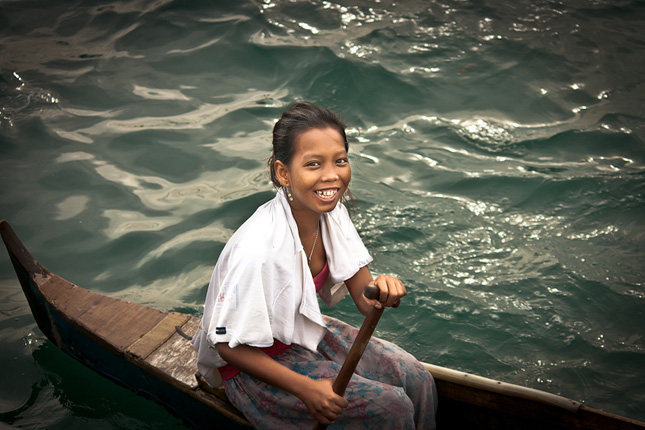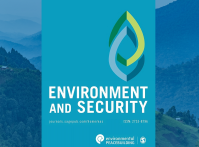-
Russell Sticklor, Global Waters
How One Philippine City Is Preparing for a Water-Scarce Future
May 10, 2016 By Wilson Center Staff
Surrounded by water, the Philippines is especially vulnerable to climate change. Its islands and its people are enduring increasingly unpredictable rains, intensifying cycles of flood and drought, and strengthening storms forming in the Pacific. These changing weather patterns have not only derailed livelihoods and agricultural productivity in rural areas, they have also worsened water insecurity in cities, where 45 percent of the population live.
In response, USAID launched its $21.6 million Water Security for Resilient Economic Growth and Stability (Be Secure) project in 2012 to improve urban resilience to climate change. Partnering with communities throughout the country, the project builds local adaptation capacity, upgrades water supply infrastructure, and promotes more efficient water use. The project’s impact has been especially notable in Zamboanga City, which recently became the first city in the nation’s history to create an urban water demand management (WDM) plan.
Zamboanga on the Front Lines
Situated at the southern tip of the island of Mindanao, on a peninsula, Zamboanga City is exposed to coastal storm surges and flooding from heavy rains draining off nearby mountains.
Despite this seeming abundance of water, the city has been struggling recently with water scarcity. “Zamboanga has been in a three-year drought, and has been rationing its water to a few hours per day,” says Mona Grieser, chief of party for USAID’s Be Secure project. The situation became so serious that the city declared a state of calamity in January 2016.
Continue reading on Global Waters.
Sources: U.S. Agency for International Development.
Photo Credit: Girl on a boat in Zamboanga, used with permission courtesy of flickr user Eric Montalban.
 A Publication of the Stimson Center.
A Publication of the Stimson Center.






